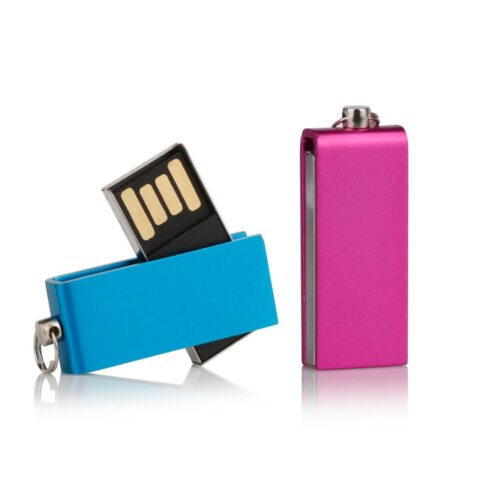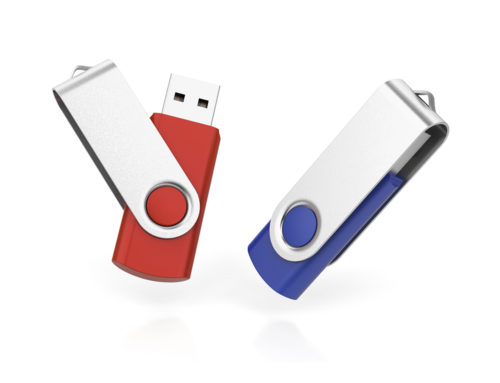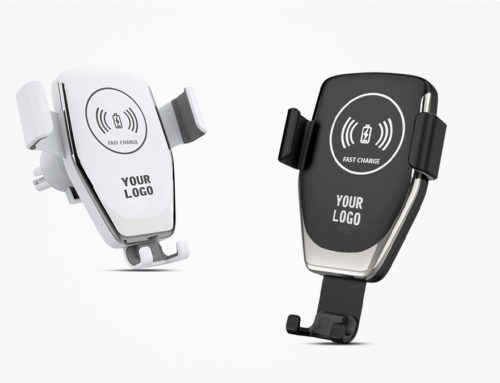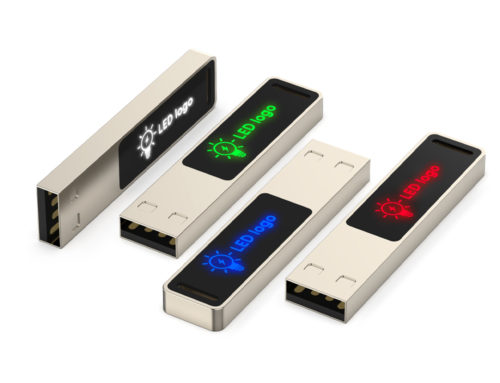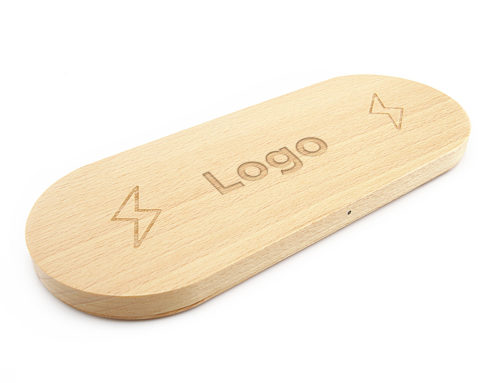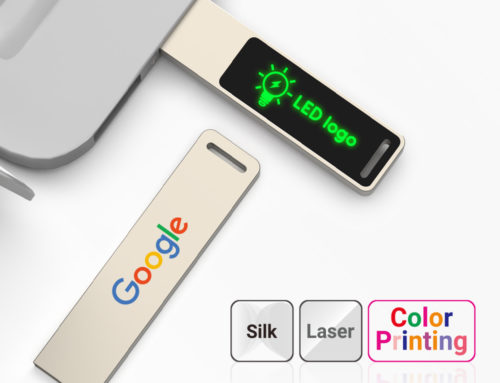How to Use a Flash Drive on a Computer
While a flash drive may sound like some sort of unique sci-fi modern technology (” ready the flash drive, captain!”), it’s in fact among the world’s most convenient and also ubiquitous data storage devices.
Our personalized USB flash drives are simply tiny hard drives that are tiny enough to fit on a keychain, and as soon as you have actually understood how to utilize them, you’ll have an incredibly easy method to store and also transfer files, media, and also extra.

Not exactly sure exactly how to make use of a flash drive? Wondering exactly how a flash drive works as well as just how you can make use of flash drives for everyday file transfer and storage space tasks? You might be shocked at how easy it is! Comply with along with our guide to discover all about just how to use these helpful little storage devices.
Advertising USB flash drive. What Is a Flash Drive, Anyhow? A USB flash drive is a kind of electronic storage device made to keep files, which can be anything from message files to multimedia files to the software application. It’s a little piece of strong state memory that you can plug straight into your device’s USB port to access the documents consisted of on the flash drive. That makes it valuable for all kinds of applications– from installing brand-new programs to sharing files to running an entire self-supporting os.

Lots of people utilize USB drives with laptop computer or home computer, although it’s additionally feasible to utilize them with smart phones like tablet computers and even smartphones, so long as USB ports or adapters are offered. Right here, we’re mosting likely to check out exactly how to make use of a flash drive in one of the most usual applications: copying data to or from a computer system’s hard drive. USB CARDS: A SMARTER MEANS TO PROMOTE YOUR COMPANY!
Exactly how to Make Use Of a Flash Drive in 6 Actions. Time to come down to business! We’re going to show you an easy six-step process for making use of a USB flash drive, including how to transfer files on or off it.

1. Discover your tool’s USB port. On a laptop, your USB ports must be somewhere on the back or side of your equipment. If you have a desktop, they’ll be located someplace close to the CPU, which might be on the display (if you have an all-in-one desktop computer) or on the system unit (if you have a different one). The most common kind of USB port, the USB-A port, looks like this:. promotional USB flash drive.
2. Put the flash drive into the USB port. Uncap the flash drive or transform it to subject the USB connector. Ensure the connector is lined up appropriately with the computer’s port as well as slide it in. If you feel resistance, don’t require it. (Lining up the USB connector can be a tougher task than you might expect, so do not misery if you get it incorrect on the very first try.).

3. Open the flash drive on your computer system. When the drive remains in the USB port, wait for your host tool (the computer) to identify it. In many cases, you’ll obtain a pop-up home window on your desktop telling you that the computer system has actually discovered a new USB gadget, so click the pop-up to check out the device as well as its documents. If you don’t see one, you should have the ability to find the gadget under This Mac on a Mac or This PC on a COMPUTER. At the end of this action, you should be checking out a list of files saved on the flash drive.
4. Discover the documents you desire and move it. As soon as you’ve browsed to the file( s) you want, it’s time to relocate those data, either onto the drive or onto your computer. Select the documents that you either wish to get rid of from or include in the USB drive. You can either:. Make use of the Cut or Copy feature to get the files on your clipboard and then use the Paste function to paste them where you want them, or. Left-click on the data, hold back the mouse switch, as well as drag them right into the folder where you want them.

5. Close all documents and also expel the drive.Close any type of data that you’re accessing directly on your computer, like a document that you might have open. After that, make use of the Eject command to “unmount” the drive, or cut off its link with the computer system. On a PC, you’ll right-click the drive in the Data Traveler window and click “Eject,” while on a Mac, you’ll click the button with the Eject icon that’s beside the drive in the Finder home window.
6. Remove the drive from your computer. Pull the flash drive port out of your computer system’s USB port, close the flash drive, and also put it away. Ta-da! That wasn’t so hard, was it? personalized formed USB flash drive. Seeking more suggestions on obtaining one of the most out of your USB flash drives? See our top 20 most frequently asked questions about flash drives, or browse our full selection of custom-made flash drives in styles that are both fun as well as functional.

